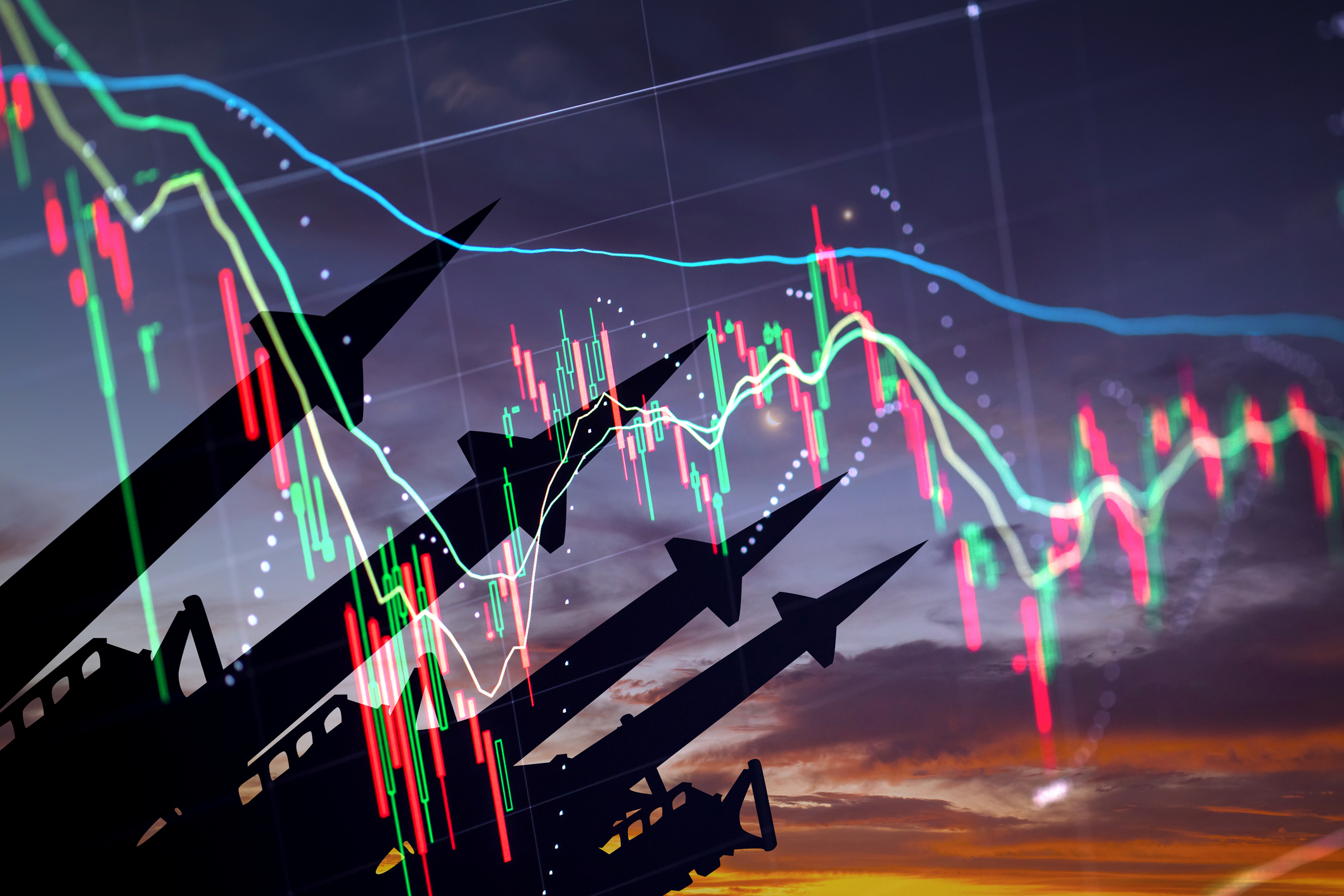Why now is a good time to rebalance your portfolio
Rebalancing your portfolio is a healthy financial habit. But it could be particularly important this year, says John Stepek.

When it comes to New Year’s resolutions, setting goals is old-fashioned. These days, say the productivity gurus, it’s all about developing good habits. One healthy financial habit to acquire, if you haven’t already, is the practice of rebalancing your portfolio at least once a year. Rebalancing is a simple concept. When you invest for the long term, you should have a plan in mind as to where you are going to put your money. This is known as “asset allocation”. It doesn’t have to be complicated – we generally suggest a division between stocks, bonds, property, gold and cash. Your precise asset allocation will depend on your time horizon and risk appetite (which in turn should mostly depend on your time horizon).
Of course, as time goes by, the percentage split of your portfolio will diverge from your initial asset allocation. If your equity holdings rise faster than your bonds, say, then you’ll end up with a bigger chunk of your money in stocks than you had originally planned, which theoretically means your portfolio has become riskier. The point of rebalancing is to bring it back into line when it has diverged sufficiently from your original plan.
Rebalancing won’t always result in a better performance than leaving your portfolio alone. But most studies (and logical intuition) suggest that in the long run there is a benefit in terms of reducing the risk of big drawdowns (ie, years where your portfolio loses a lot of money) without sacrificing much, if anything, by way of returns.
MoneyWeek
Subscribe to MoneyWeek today and get your first six magazine issues absolutely FREE

Sign up to Money Morning
Don't miss the latest investment and personal finances news, market analysis, plus money-saving tips with our free twice-daily newsletter
Don't miss the latest investment and personal finances news, market analysis, plus money-saving tips with our free twice-daily newsletter
The times they may be changing
Another good reason to rebalance is more specific to this year. We’ve gone through a lengthy period in which the gap between the returns on various asset classes and strategies has hit extreme levels. For example, commodities have gone through a long period of underperformance versus all other assets; value has been hammered relative to growth; and US markets have run well ahead of equity markets everywhere else.
That may continue – we don’t have a crystal ball. But there are signs of change. At a “big-picture” level, markets are starting to anticipate the return of inflation, particularly as higher US government spending seems likely if the Democrats do indeed take control of the Senate. This would imply a very different backdrop to the one we’ve seen over the past decade or so. If inflation returns, it implies that the assets which did best in the disinflationary post-financial crisis world – such as big tech stocks – will start to lag, while the sectors and assets that have struggled since then (including banks and gold) will benefit. So if you review your portfolio now and find that you are heavily exposed to the former, it might be a good time to take some profits and invest in the latter.
Get the latest financial news, insights and expert analysis from our award-winning MoneyWeek team, to help you understand what really matters when it comes to your finances.
John Stepek is a senior reporter at Bloomberg News and a former editor of MoneyWeek magazine. He graduated from Strathclyde University with a degree in psychology in 1996 and has always been fascinated by the gap between the way the market works in theory and the way it works in practice, and by how our deep-rooted instincts work against our best interests as investors.
He started out in journalism by writing articles about the specific business challenges facing family firms. In 2003, he took a job on the finance desk of Teletext, where he spent two years covering the markets and breaking financial news.
His work has been published in Families in Business, Shares magazine, Spear's Magazine, The Sunday Times, and The Spectator among others. He has also appeared as an expert commentator on BBC Radio 4's Today programme, BBC Radio Scotland, Newsnight, Daily Politics and Bloomberg. His first book, on contrarian investing, The Sceptical Investor, was released in March 2019. You can follow John on Twitter at @john_stepek.
-
 London claims victory in the Brexit wars
London claims victory in the Brexit warsOpinion JPMorgan Chase's decision to build a new headquarters in London is a huge vote of confidence and a sign that the City will remain Europe's key financial hub
-
 Rachel Reeves's Autumn Budget: What it means for the UK
Rachel Reeves's Autumn Budget: What it means for the UKOpinion A directionless and floundering government has ducked the hard choices at the Autumn Budget, says Simon Wilson
-
 London claims victory in the Brexit wars
London claims victory in the Brexit warsOpinion JPMorgan Chase's decision to build a new headquarters in London is a huge vote of confidence and a sign that the City will remain Europe's key financial hub
-
 Reinventing the high street – how to invest in the retailers driving the change
Reinventing the high street – how to invest in the retailers driving the changeThe high street brands that can make shopping and leisure an enjoyable experience will thrive, says Maryam Cockar
-
 The consequences of the Autumn Budget – and what it means for the UK economy
The consequences of the Autumn Budget – and what it means for the UK economyOpinion A directionless and floundering government has ducked the hard choices at the Autumn Budget, says Simon Wilson
-
 8 of the best houses for sale with electric vehicle charging
8 of the best houses for sale with electric vehicle chargingThe best houses for sale with electric vehicle charging – from a converted World War II control tower in Scotland, to a Victorian country house in Cumbria
-
 Big Short investor Michael Burry closes hedge fund Scion Capital
Big Short investor Michael Burry closes hedge fund Scion CapitalProfile Michael Burry rightly bet against the US mortgage market before the 2008 crisis. Now he is worried about the AI boom
-
 The global defence boom has moved beyond Europe – here’s how to profit
The global defence boom has moved beyond Europe – here’s how to profitOpinion Tom Bailey, head of research for the Future of Defence Indo-Pac ex-China UCITS ETF, picks three defence stocks where he'd put his money
-
 Profit from a return to the office with Workspace
Profit from a return to the office with WorkspaceWorkspace is an unloved play on the real estate investment trust sector as demand for flexible office space rises
-
 New frontiers: the future of cybersecurity and how to invest
New frontiers: the future of cybersecurity and how to investMatthew Partridge reviews the key trends in the cybersecurity sector and how to profit
